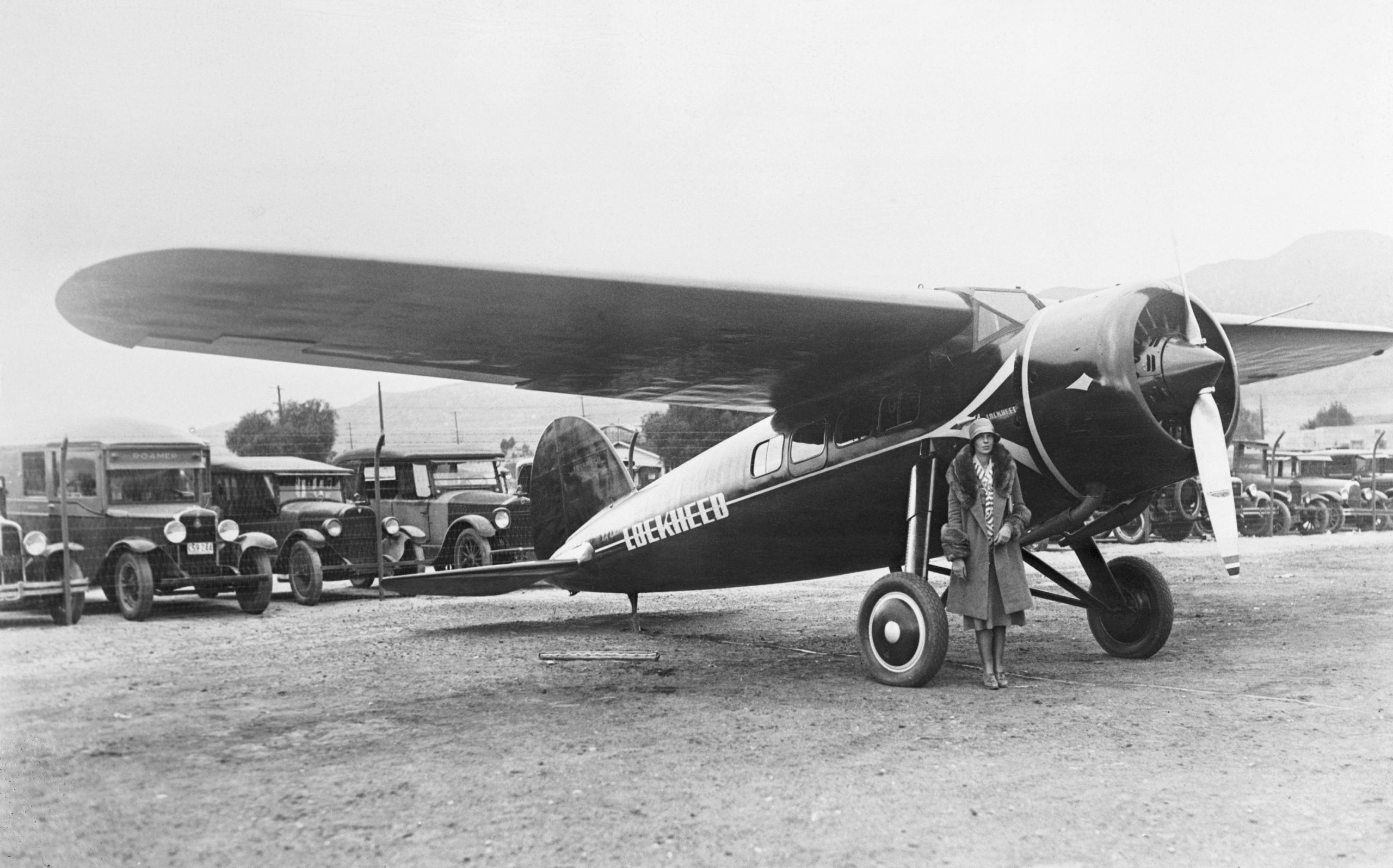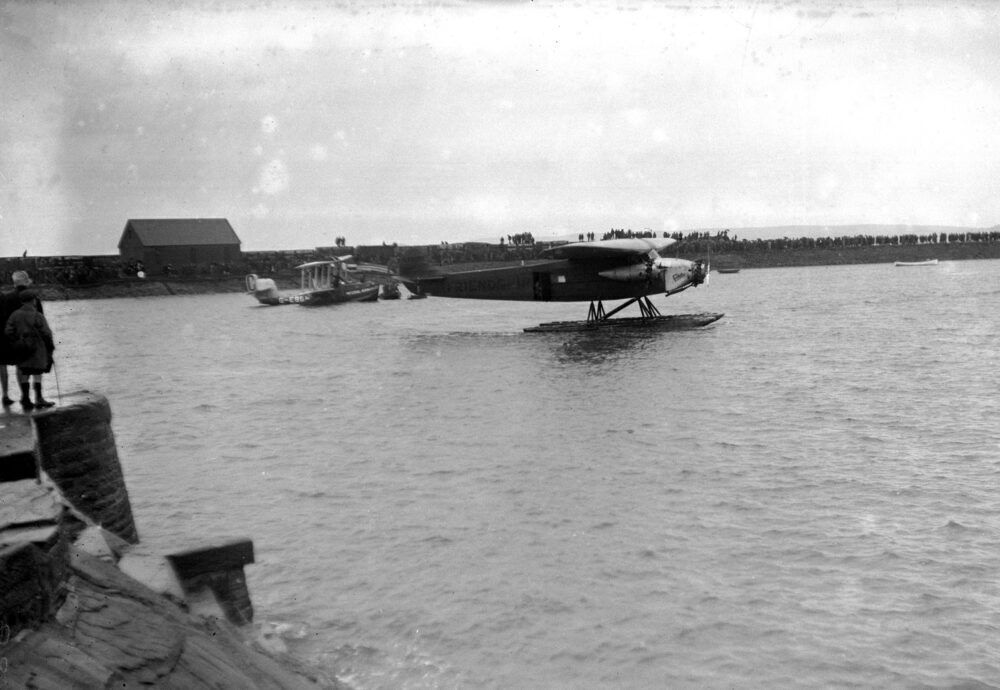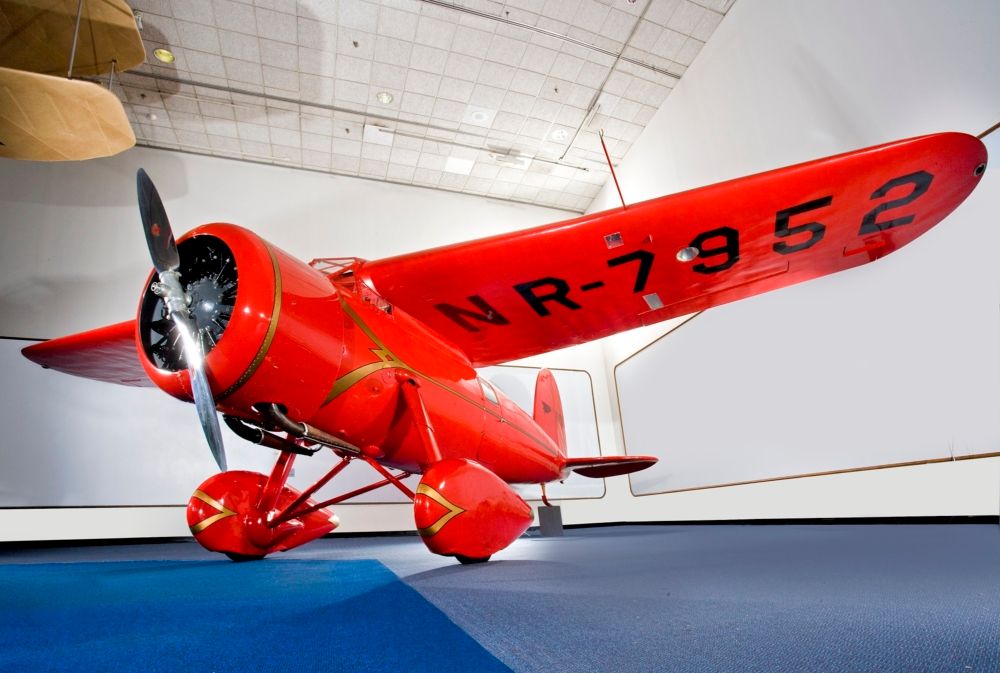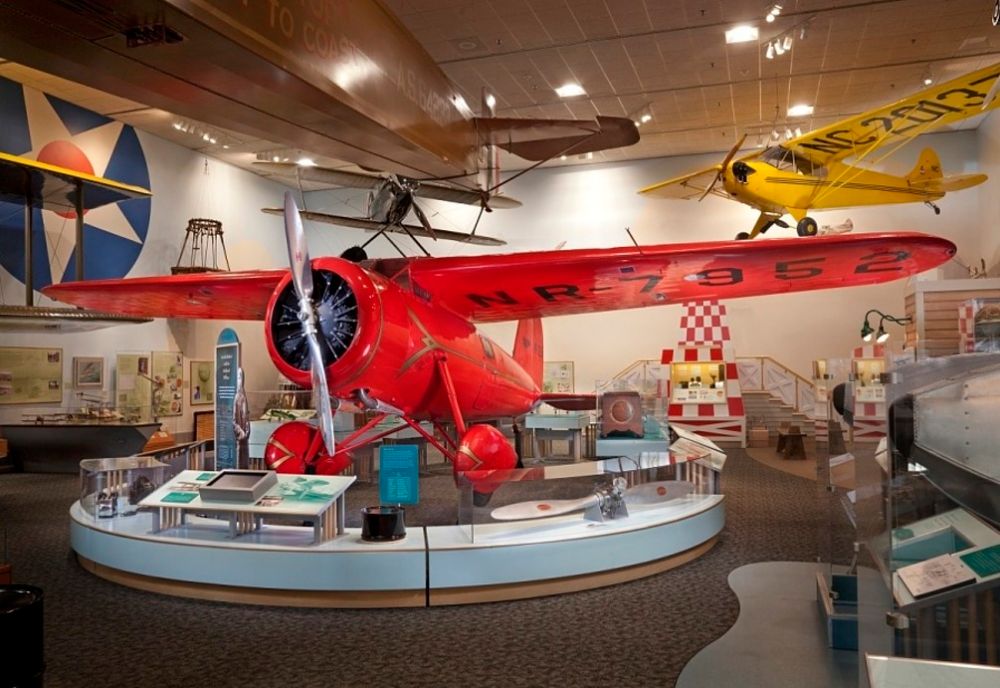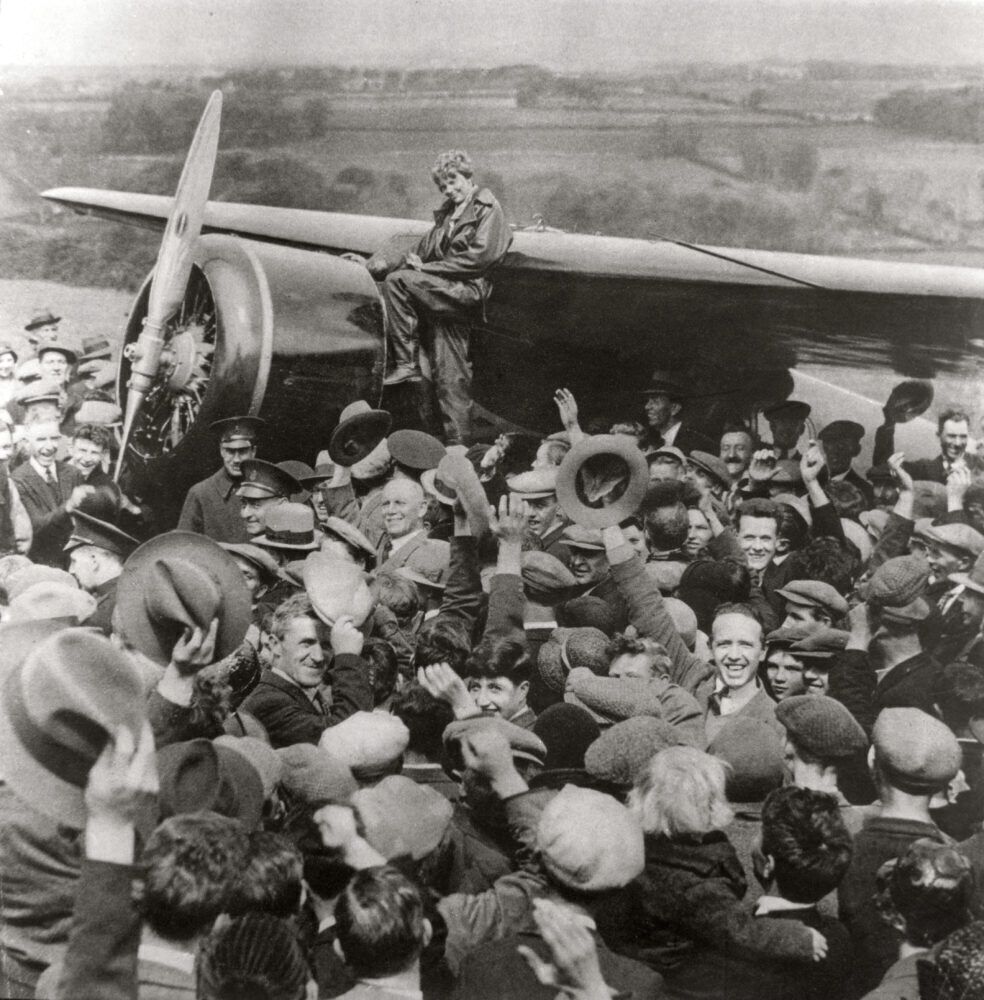On August 25th, 1932, Amelia Earhart landed in Newark, New Jersey, to become the first woman to fly solo coast-to-coast across North America. The pioneer would break further records amid this triumphant transcontinental journey, helping the aviator leave a legacy that would be remembered nearly nine decades later.
No stranger to breaking records
Earhart was born in Atchison, Kansas, on July 24th, 1897. During her illustrious career in aviation, she achieved numerous triumphs before disappearing at just 39 years old.
For instance, on October 22, 1922, Earhart broke the women’s altitude record after ascending to 14,000 ft (4,267 m). Additionally, in June 1928, she became the first woman to fly across the Atlantic Ocean when she joined Wilmer Stultz and Louis Gordon as a passenger on a Fokker F7. These accomplishments led to Earhart breaking the woman's world flying speed record of 181.18 mph (292 km/ph) in the summer of 1930.
The right time
Following these feats, Earhart’s confidence was at a high heading into 1932. In May of that year, she became the first pilot to repeat Charles Lindbergh's famous transatlantic venture to fly nonstop across the Atlantic. She flew solo from Harbour Grace, Newfoundland to Culmore, Northern Ireland on a trip that took 15 hours.
Earhart didn’t let this momentum drop during the summer of 1932. Following the groundbreaking trip to Europe, she wanted to further her accomplishments across the United States. Thus, she had her sights on a nonstop flight from California to the East Coast.
The aviator needed to ensure she had the right equipment for this task. The Model 5 Vega chosen was built by the Lockheed Aircraft Company. Notably, Earhart customized the single-engine high-wing monoplane.
“The fuselage was molded wood monocoque construction and the wing was cantilevered wood. The Vega 5B is 27 feet, 6 inches (8.382 meters) long with a wingspan of 41 feet (12.497 meters) and overall height of 8 feet, 2 inches (2.489 meters). Its empty weight is 1,650 pounds (748.4 kilograms) and gross weight is 4,375 pounds (1,985 kilograms),” This Day In Aviation shares.
“Earhart’s modified Vega 5B is powered by an air-cooled, supercharged 1,343.804-cubic-inch-displacement (22.021 liter) Pratt & Whitney Wasp C nine cylinder radial engine. The Wasp C was rated at 420 horsepower at 2,000 r.p.m. at Sea Level. It was 3 feet, 6.63 inches (1.083 meters) long, 4 feet, 3.44 inches (1.307 meters) in diameter, and weighed 745 pounds (338 kilograms). It drove a two-bladed Hamilton Standard controllable-pitch propeller through direct drive.”
Coast-to-coast action
Emilio F. Iodice covers this journey in The Passion to Fly and to the Courage to Lead: The Saga of Amelia Earhart – Leading Women into Flight. The document shares that Earhart commanded the registration NR7952 from Los Angeles to Newark in 19 hours and five minutes over a 3,986-km (2,477-mi) flight. While this figure may seem like a long time for a trip between the two metropolises, this was a groundbreaking number at the time.
Earhart took off from Los Angeles Municipal Airport (now known as Los Angeles International / LAX) at 19:26 on August 24th. She then landed in Newark at 11:30 on August 25th. Overall, the flight set an official record for women's distance and time in the United States.
The pilot’s average speed was 206.42 km/ph (128.27 mph). Moreover, she flew mostly at an altitude of 3,048 mi (10,000 ft).
After landing, Earhart was met by a joyful crowd at Newark Municipal Airport. Despite the feat, she wouldn't just give up after this transcontinental achievement. She set another speed record between the coasts just a year later, finishing the same flight in a record of 17 hours and seven minutes.
Stay informed: Sign up for our daily and weekly aviation news digests.
An illustrious career
Earhart sold the 5B Vega to Philadelphia's Franklin Institute in 1933 after purchasing a new 5C Vega. Subsequently, the Smithsonian Air and Space Museum took on the 5B in 1966.
Earhart’s pioneering spirit continued into the middle of the 1930s. In January 1935, she completed the first solo flight from Hawaii to California. In the same year, she also flew by herself from Los Angeles to Mexico City before flying direct to Newark from the capital of Mexico.
It would be Earhart’s eagerness to explore the skies that would lead to her disappearance. She departed Lae, New Guinea, with her navigator, Fred Noonan, on June 2nd, 1937, with only 7,000 mi (11,265 km) of their around-the-world trip remaining. However, the pair would not make it to the other side of the Pacific Ocean. They have not been seen since, and Earhart was declared dead in absentia on January 5th, 1939.
Altogether, the transcontinental trip across the United States is just one of several feats accomplished by Earhart. It’s important to note that she helped catalyze opportunities for women during this early period of aviation history.
Even in the moments leading to her disappearance, she was breaking records. For instance, Earhart broke the speed record for east-to-west flight from Oakland, California, to Honolulu, Hawaii, in 1937. This was before she became the first person to fly by themselves from the Red Sea to Karachi, Pakistan.
Overall, Earhart’s triumphs inspired generations of pilots. This factor, in turn, influenced the direction that aviation would take over the years. The pioneering trip between Los Angeles and Newark undoubtedly inspired several to help shape the scene in the 1930s.
What are your thoughts about Amelia Earhart's coast-to-coast trip in August 1932? What do you make of the pilot's achievements over the years, especially this transcontinental journey nearly nine decades ago? Let us know what you think of Earhart's overall accomplishments in the comment section.

